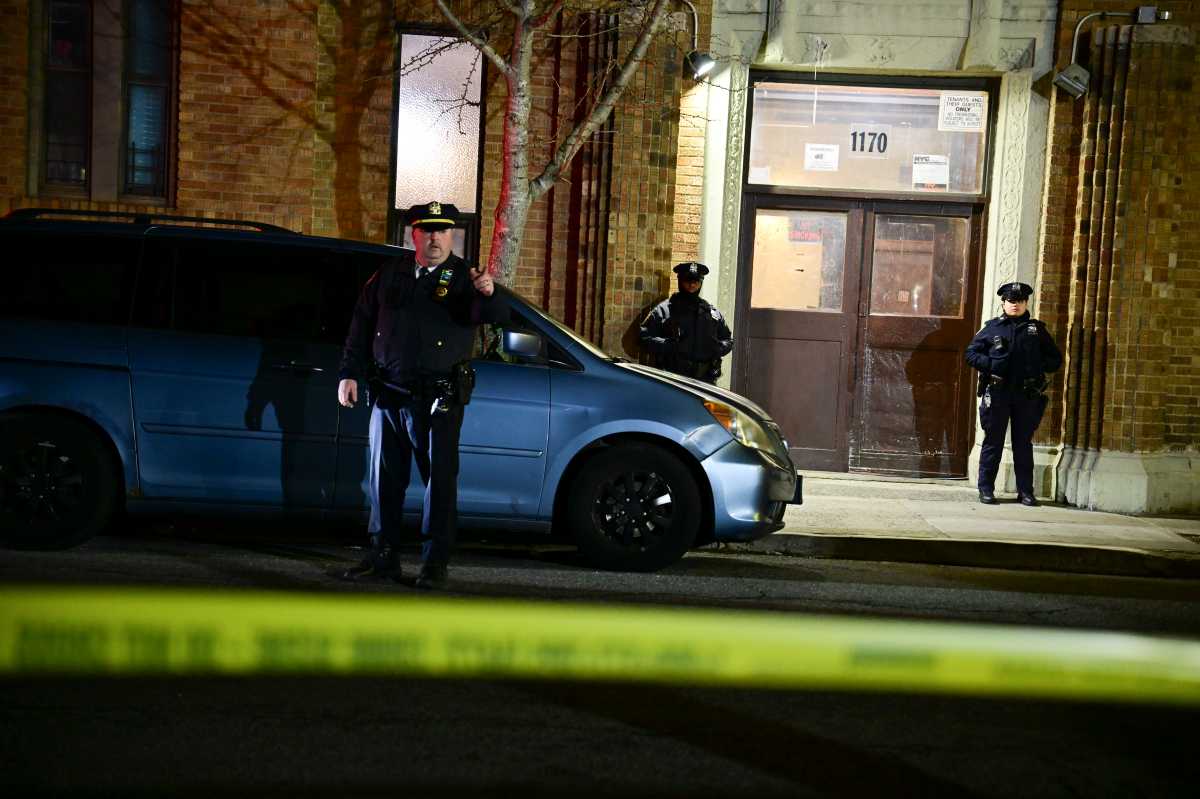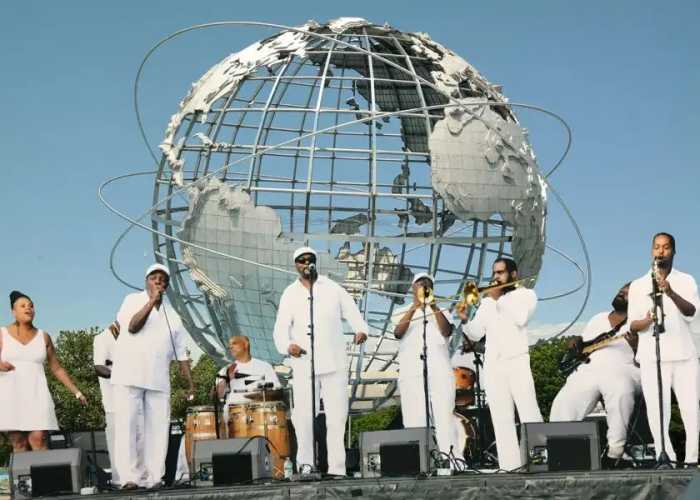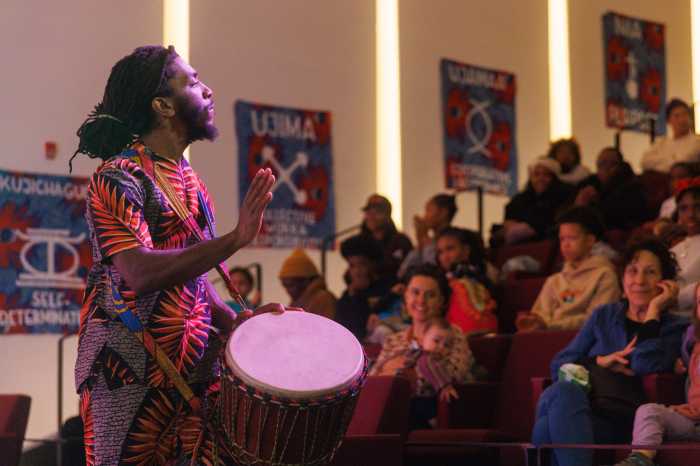Two firefighter unions took the MTA to task over congestion pricing after its Jan. 5 launch, charging that a lack of exemptions for its members will lead to 911 delays.
Uniformed Firefighters Association (UFA) President Andrew Ansbro and Uniformed Fire Officers Association (UFOA) President Jim Brosi didn’t pull any punches, taking aim at the MTA and the state of the subway system on Sunday as they fumed over the newly implemented $9 congestion relief zone in Manhattan.
They tore into transit leaders and elected officials for starting the program while the city battles crime in the transit system — which, while reduced over the past year (according to NYPD statistics), continues to see high-profile incidents from stabbings to people being shoved into the paths of trains.
“The fact that last week we saw a video of a murder, and that was the third crime you saw in that video — the first two were the turnstile jumpers, and they can’t manage that, and they celebrate that,” Ansbro said. “They’re taxing New Yorkers to use their streets, and they’re using our streets to do the taxing. They’re a disgrace. They can’t manage themselves, and they do not appreciate the work that is done by New York City civil servants.”

The firefighters’ unions are steaming over a lack of exemptions for the personal vehicles of New York City’s Bravest, which are often used to transport colleagues and equipment from firehouse to firehouse during emergencies.
According to Ansbro, just as drivers began being tolled that morning, some 30 firefighters needed to be moved in Lower Manhattan alone but were stranded. Though this is a common occurrence, he noted, such maneuvers will now come with an added cost to on-duty firefighters pressed into service with their own vehicles.
With heavy equipment and first responders needing to be transferred at a moment’s notice, depending on whatever situation may arise, the FDNY reps argue that New Yorkers in need could suffer.
“This is going to cause a serious problem in response times, it’s going to be dangerous in New York City, all because the city, the state and the MTA could not come to an agreement on what to do for the FDNY,” Ansbro said.

Yet MTA Chair and CEO Janno Lieber pushed back during a press conference later that afternoon, believing that response times will decrease since there will be fewer vehicles on the road. However, when it came to the argument over the personal vehicles, Lieber told the firefighters to take it up with the department’s bosses.
“Those folks properly can raise that issue with their employer. If your employer is requiring you to drive instead of take mass transit, and requiring you to use the car to move in during your job, that’s a legitimate question to raise with your employer,” Lieber said.
Ansbro didn’t take this lying down, pointing out that when a passenger or an employee needs assistance in the bowels of the subway, it is the FDNY they call.
“We are the ones that respond to the fires in the subway system on the tracks, and unfortunately, at times of the actual riders, the FDNY response firefighters respond, Ansbro said. “And the fact that they could not appreciate the work that the New York City firefighters do both inside and outside the zone, and not grant us an exemption when they rely on us 100% to protect every inch of the stations and the tracks is particularly appalling.”
Read More: https://www.amny.com/nyc-transit/






































